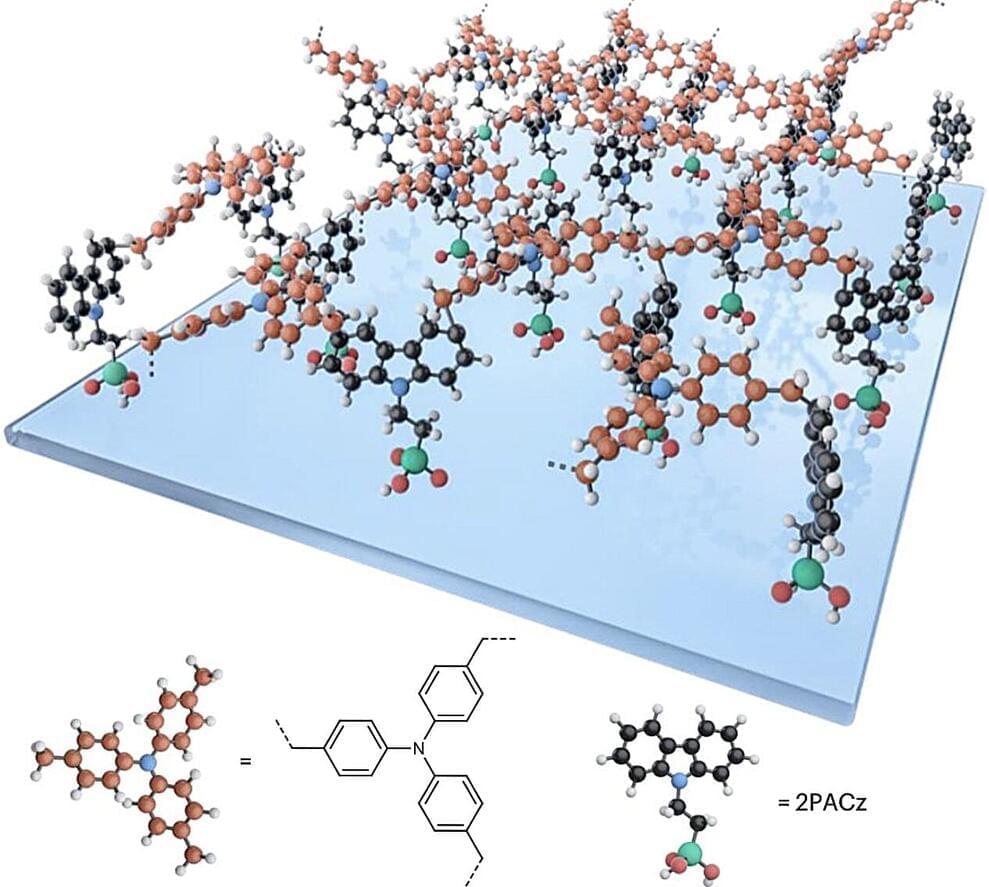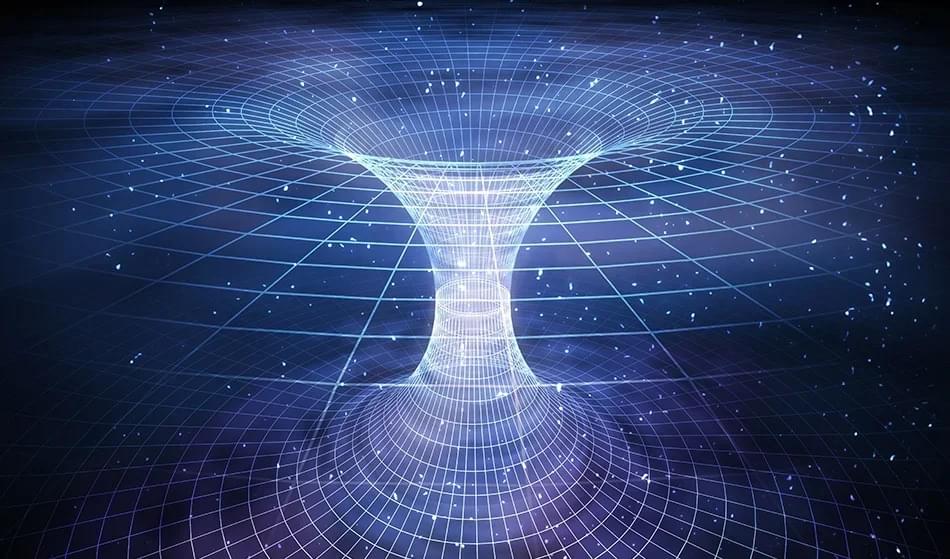How Symmetry Shapes the Universe: A Peek into Persistent Symmetry Breaking.
Imagine a world where certain symmetries—like the balance between left and right or up and down—are spontaneously disrupted, but this disruption persists regardless of temperature. Scientists are exploring this fascinating behavior in a special type of mathematical framework known as biconical vector models. These models examine how symmetries behave under specific conditions, especially in a universe with two spatial dimensions and one time dimension (2+1 dimensions).
This study takes a closer look at these models and reveals exciting new insights about symmetry breaking in a way that respects established physical principles. Here’s what the researchers discovered:
1. Symmetry Breaking Basics: The study confirms that symmetry can break persistently when these models are designed to include both continuous and discrete symmetry features (described by the mathematical groups O(N)×Z₂). This breaking shifts from one type of symmetry (O(N)×Z₂) to another (O(N)) as temperature rises, but only under certain conditions.
2. Precision at Zero Temperature: By using advanced computational methods, the team accurately described how these models behave when the temperature is absolute zero. Their findings are valid for a wide range of systems, provided the number of components, N, is 2 or greater.
3. Finite-Temperature Effects: As the temperature increases, the discrete symmetry (Z₂) remains the only one to break, ensuring that the laws of physics, specifically the Hohenberg-Mermin-Wagner theorem, are respected. This theorem essentially states that continuous symmetries cannot break spontaneously in 2D systems at finite temperatures.
4. A Critical Threshold: The researchers calculated that this unusual symmetry-breaking phenomenon can only be observed when N (the number of components in the system) exceeds a critical value, approximately 15.








